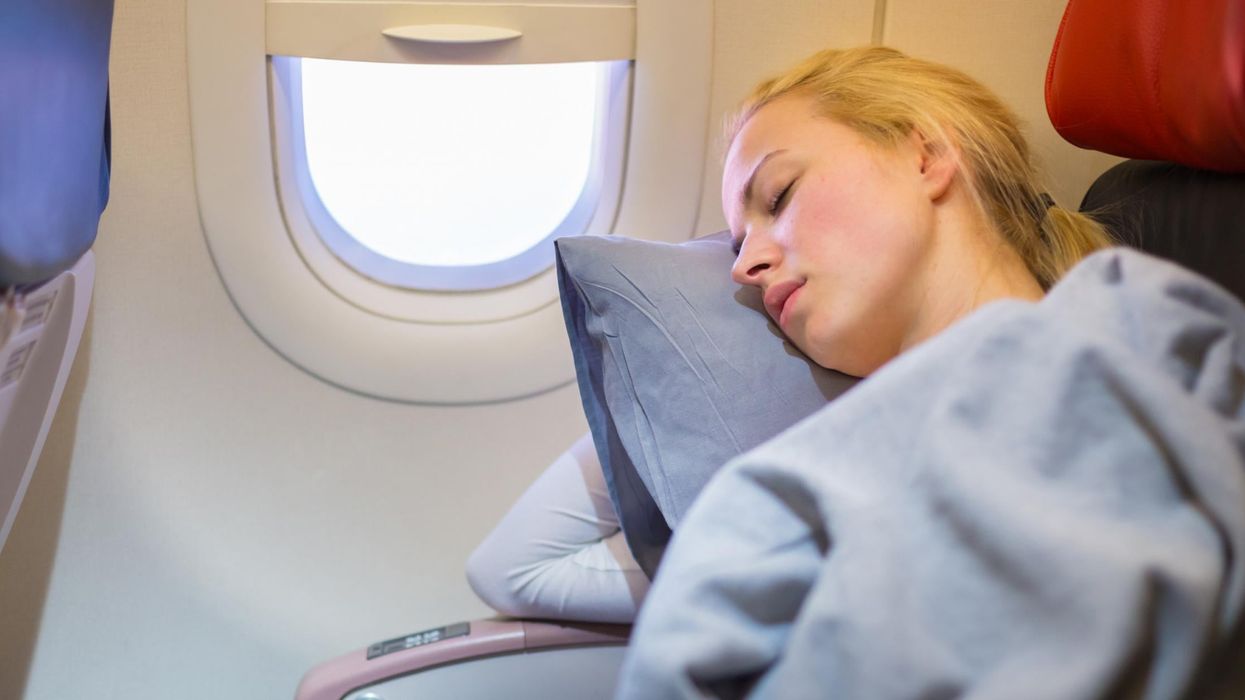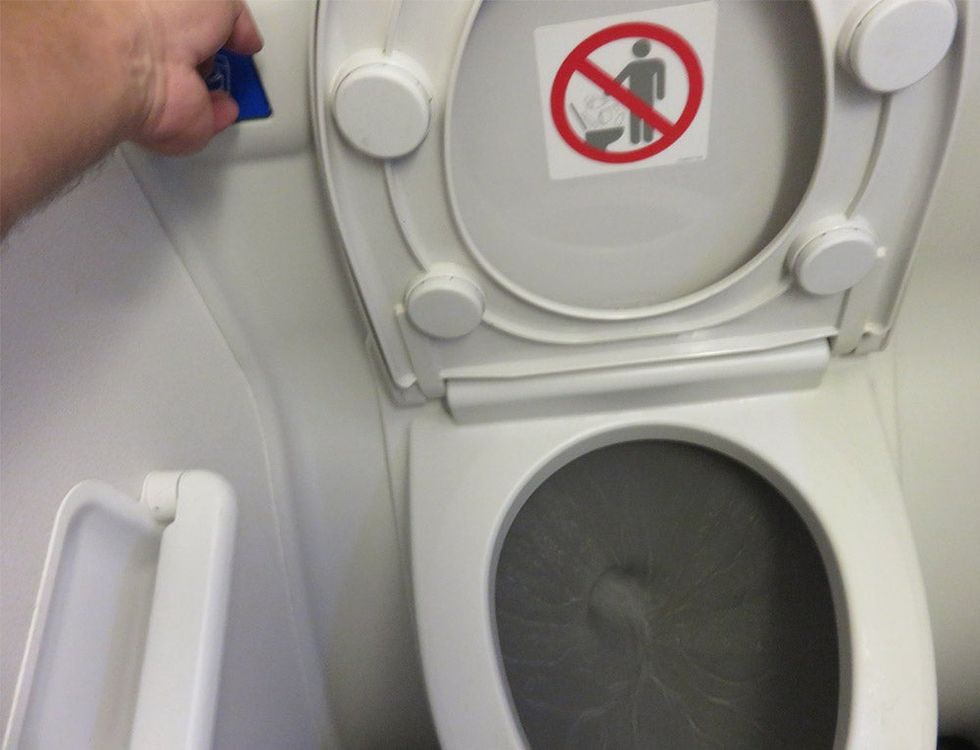Darin Graham
Dec 17, 2017

Picture:
iStock/Getty images
We've all been there. In that long metal tube that somehow takes off transporting you to somewhere warmer, or colder, whatever you prefer.
Sitting right next to other passengers and sometimes in close proximity to bathrooms, can sometimes feel unhygienic.
But you can minimise the disgustingness of your time on board by steering clear of some the dirtiest areas on the plane.
Travelmath sent microbiologists to collect 26 samples from four flights to find out the dirtiest spots on airplanes and at airports.
They then analysed the number of colony conforming units (CFU) per square inch. CFU is used to look at the number of bacteria cells in a sample.
Here are the dirtiest places on airplanes:
- Tray table: 2,155 CFU per square inch
- Lavatory flush button: 265 CFU per square inch
- Overhead air vent: 285 CFU per square inch
- Seatbelt buckle: 230 CFU per square inch
Alarmingly, the study found that tray tables were the dirtiest place on board.
The report said this was probably down to the short turnaround times in between flights.
And what's more, the University of Arizona told TIME that trays they tested were found to have had cold and flu viruses and the norovirus - which can cause diarrhoea and vomiting.

How does the problem start and how can you avoid catching germs?
James Barbaree from the Detection & Food Safety Center of Auburn University in Alabama says the problem lies with the endless crowds of people, moving through airports and planes.
Barbaree told the BBC:
All of us carry microbes on our skin, clothes, and inside our bodies. Some of these microbes are transmitted to other humans, and bacteria multiply in unclean areas.
Along with his team, Barbaree published a study which revealed how bacteria like MRSA and E coli can survive on tray tables, seat-back pockets.
Travelmath recommends carrying a small hand sanitiser to help you fight off the bacteria on planes.
When using the rest room, Dr Zimring of Baltimore's Mercy Medical Centre told TIME that he uses a paper towel to open the door on the way out of the restroom.
HT Fortune
More: This is the one object in your home with the highest number of germs
Top 100
The Conversation (0)













